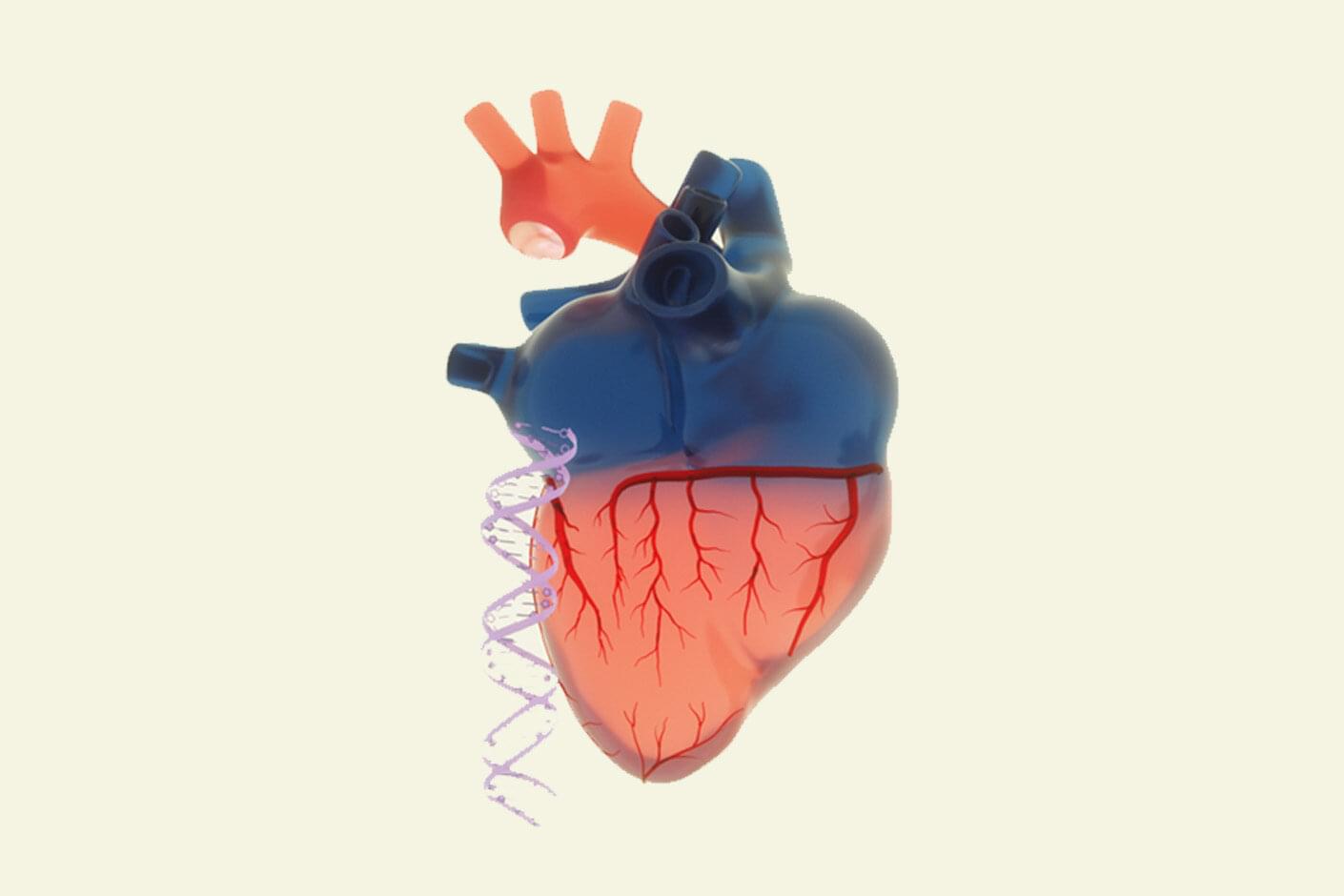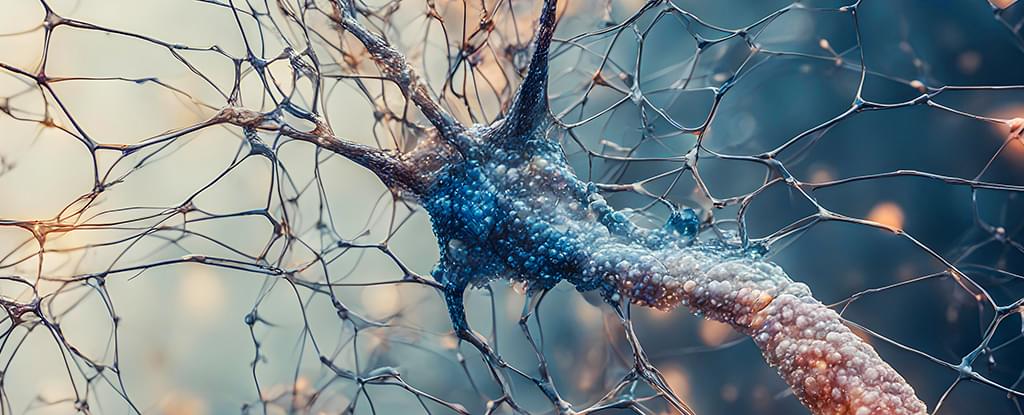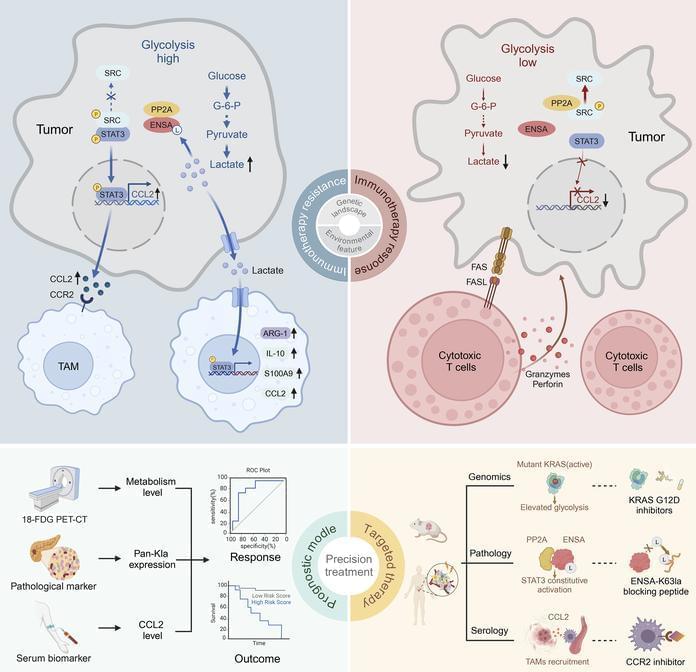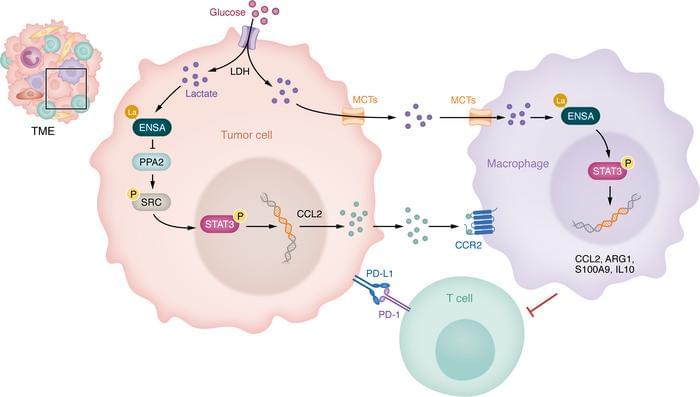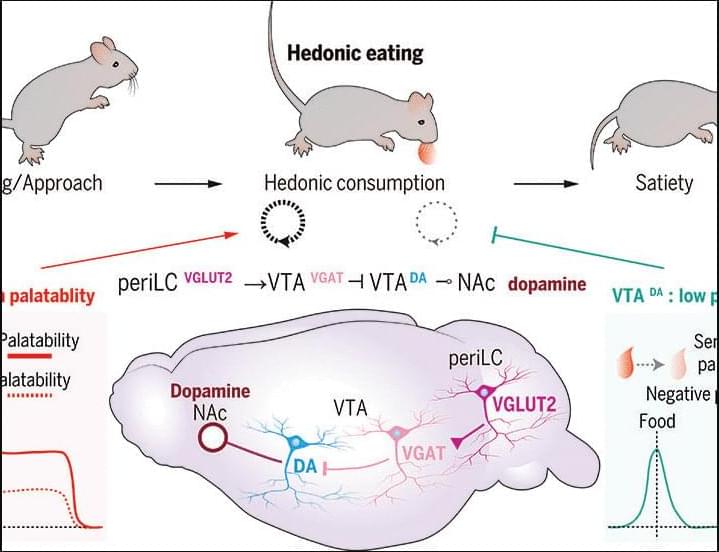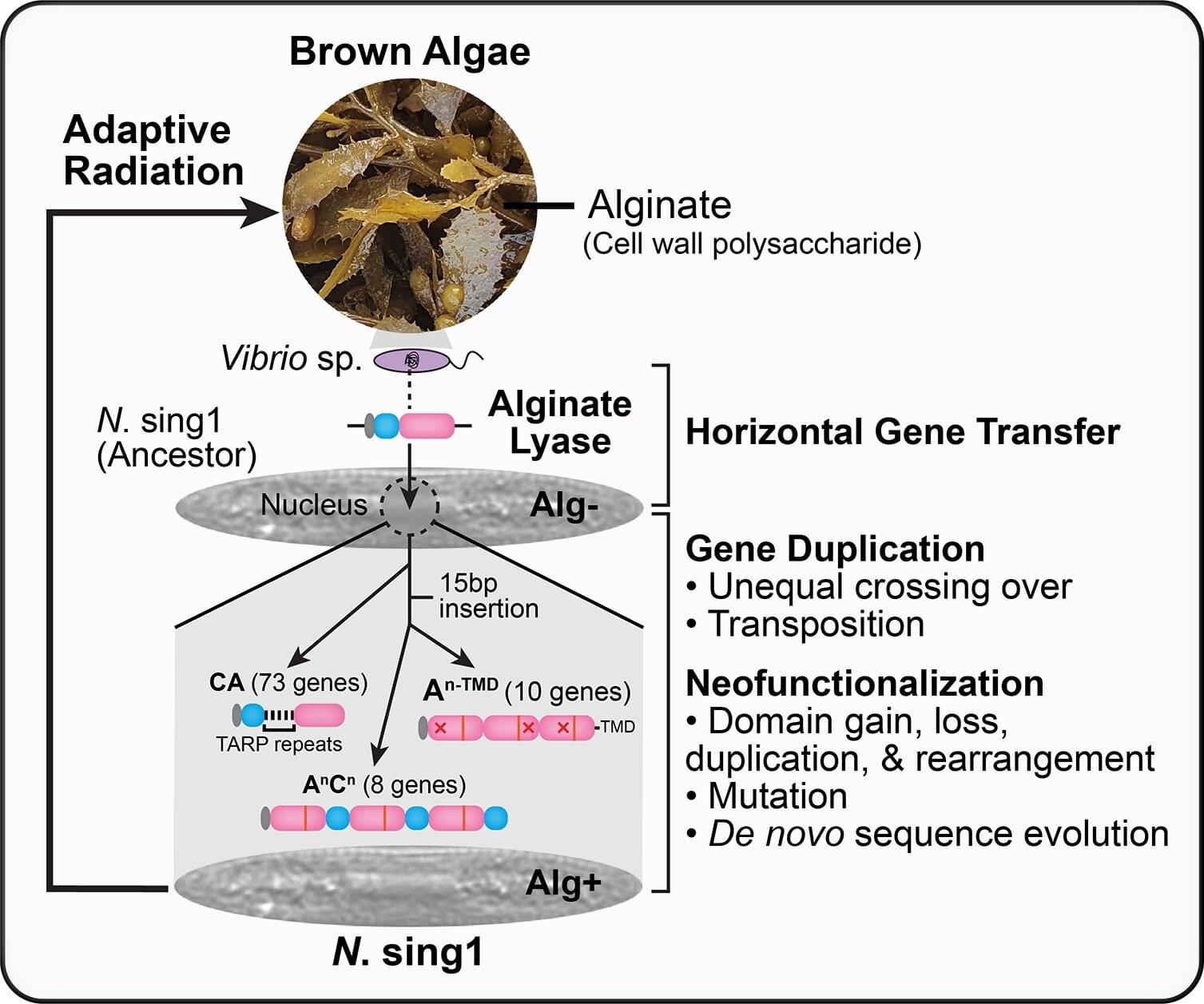Most people have right-dominant hearts—which to a doctor or a researcher means they have an artery that extends from the right side of their hearts to supply oxygenated blood to the back side. For some people, this artery, called the posterior descending artery, comes from the left side or from both directions. A study has found that the gene CXCL12 is connected to this artery’s formation and that its directional pattern is set very early in human development.
The findings, reported in the journal Cell, represent a step toward developing “medical revascularization,” a long-term goal of Stanford researchers to create a treatment for blocked or limited-flow arteries by growing new ones to compensate.
“For the first time, we have evidence of a gene that regulates the development of one of the most important types of arteries in the human body,” said Kristy Red-Horse, co-senior author of the study and biology professor in the Stanford School of Humanities and Sciences. “And if we know the development pathways of these important arteries, then we can perhaps regrow them by reintroducing these pathways in a diseased heart.”
